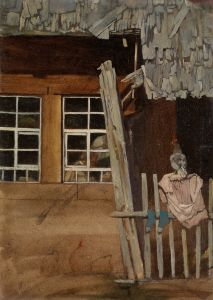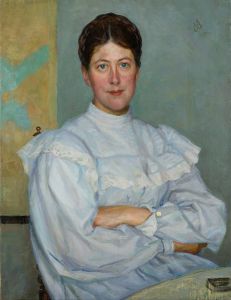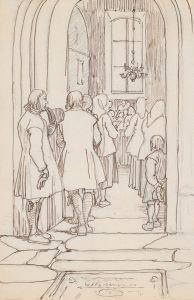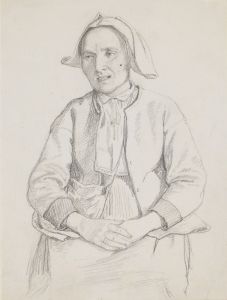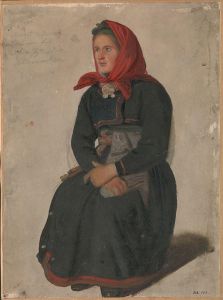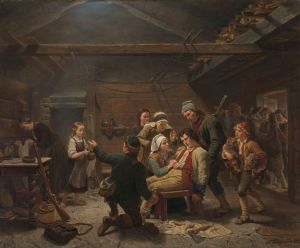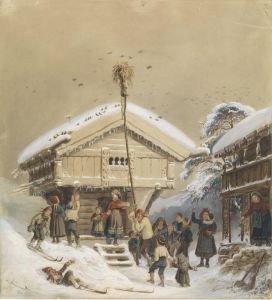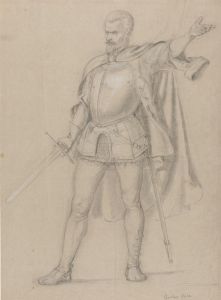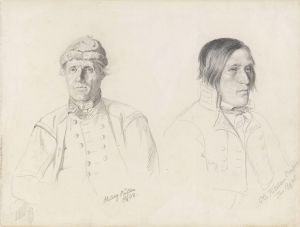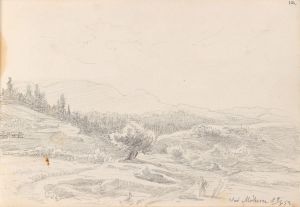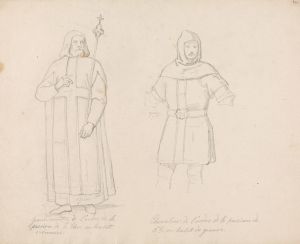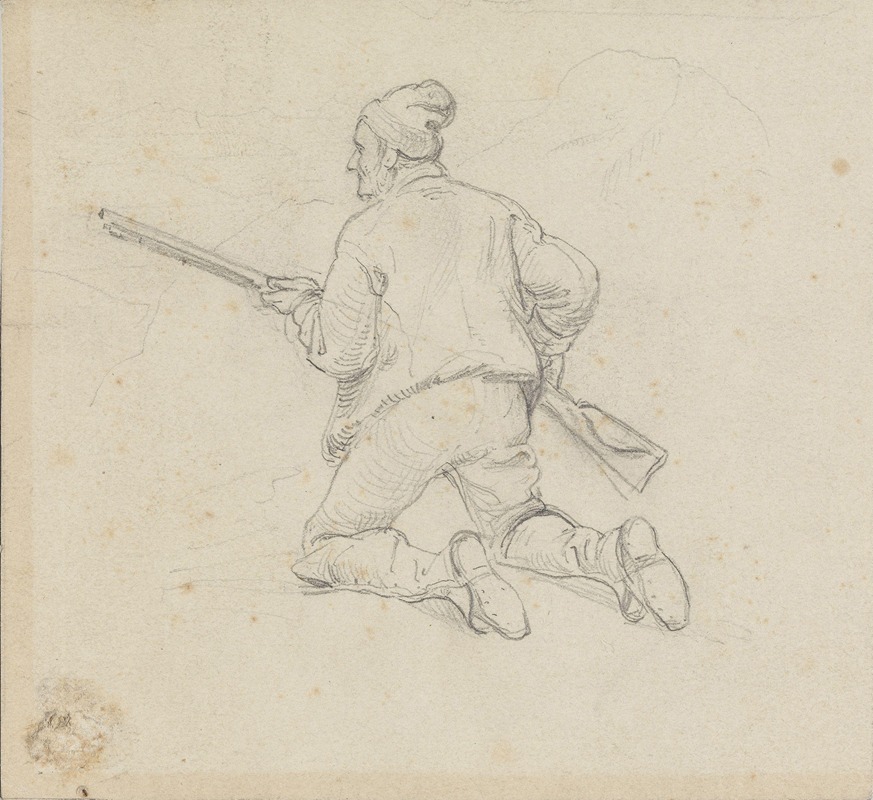
Jeger på kne
A hand-painted replica of Adolph Tidemand’s masterpiece Jeger på kne, meticulously crafted by professional artists to capture the true essence of the original. Each piece is created with museum-quality canvas and rare mineral pigments, carefully painted by experienced artists with delicate brushstrokes and rich, layered colors to perfectly recreate the texture of the original artwork. Unlike machine-printed reproductions, this hand-painted version brings the painting to life, infused with the artist’s emotions and skill in every stroke. Whether for personal collection or home decoration, it instantly elevates the artistic atmosphere of any space.
Adolph Tidemand's painting Jeger på kne (English: Hunter on His Knees) is a work by the renowned Norwegian artist, who is best known for his contributions to the Romantic Nationalism movement in 19th-century Norway. Tidemand, born in 1814 in Mandal, Norway, gained prominence for his depictions of Norwegian rural life, traditions, and landscapes, which resonated with the growing sense of national identity during his time.
Jeger på kne is a relatively lesser-known piece within Tidemand's oeuvre. The painting portrays a hunter kneeling in a natural setting, likely in the Norwegian wilderness. The hunter is depicted in traditional attire, with a rifle in hand, suggesting a moment of pause or reflection during a hunt. The work exemplifies Tidemand's attention to detail and his ability to capture the essence of Norwegian life and culture. His use of light and shadow, combined with a realistic yet romanticized style, reflects his training and artistic influences.
Tidemand studied at the Academy of Fine Arts in Copenhagen and later at the Düsseldorf Academy, where he became associated with the Düsseldorf School of Painting. This movement emphasized detailed realism and often focused on historical or folkloric themes, which is evident in much of Tidemand's work. His travels across Norway provided him with inspiration and material for his art, as he documented the customs, costumes, and daily lives of the Norwegian people.
While Jeger på kne is not as widely recognized as some of Tidemand's other works, such as Haugianerne (The Haugeans) or Brudeferden i Hardanger (The Bridal Procession in Hardanger), it reflects his consistent interest in portraying scenes that highlight the connection between individuals and their environment. The painting aligns with the Romantic era's fascination with nature and the human relationship to it, themes that were particularly significant in Norway during the 19th century as the country sought to define its cultural identity.
The exact date of creation for Jeger på kne is not widely documented, and specific details about its current location or provenance are also unclear. However, like many of Tidemand's works, it likely served to evoke a sense of pride in Norwegian heritage and the rugged beauty of its landscapes.
Adolph Tidemand passed away in 1876, but his legacy endures as one of Norway's most important painters. His works continue to be celebrated for their role in shaping Norwegian art and cultural history.





